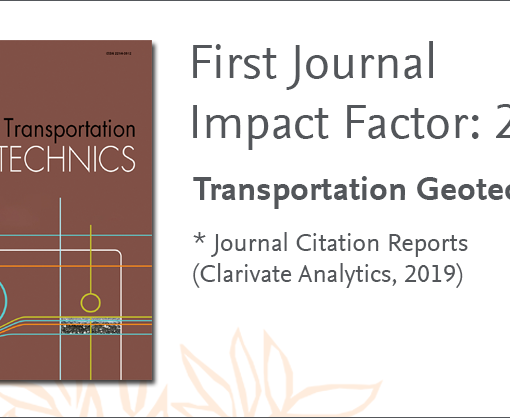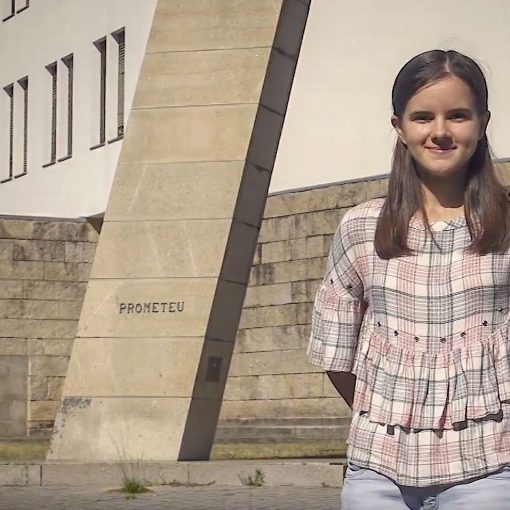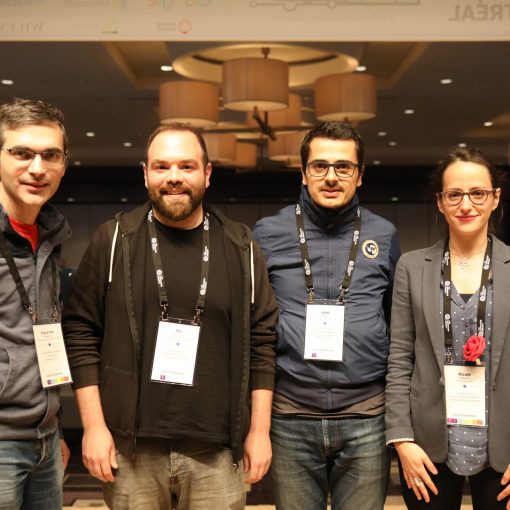CRIAM, born in 2016, is an automated and portable diagnostic platform that enables life-saving procedures to be performed in emergencies. It consists of a portable and automatic medical device that identifies the type and subtype of blood in just 3 minutes, and identifies diseases through Machine Learning algorithms and Computational Vision. This system is primarily intended to be used in emergencies where rapid identification of the correct blood type is crucial for reducing dependence on blood type Rh negative – universal and scarce type of blood (only 2.9% of the world population are carriers of this type of blood). This is the first device within the Point-of-Care sector that is made available as a portable platform that will monitor, control and contain diseases and epidemics around the world.
CRIAM became the second Portuguese startup to be selected by HAX, the world’s largest hardware accelerator. This HAX program assured Criam the ability to develop the prototype of its device at the world-wide hardware center in Shenzhen, China, where the team has been for several months. This opportunity has become crucial to the development of the research.
Vítor Crespo, CEO of Criam, in interview to EEUM, reveals the path of the spin-off to nowadays. Ana Ferraz, Filipe Quinaz, João Cordeiro, Fernando Nogueira and António Carvalho also constitute the team of CRIAM.
Criam is a start-up born in 2016, but the project began a few years earlier.
CRIAM began as an academic project at the University of Minho that was started seven years before the creation of the business project. It was started by the researcher Ana Ferraz, who concluded her PHD with the foundations of the research. Once the company was created, the IP was developed to allow the creation of a device as a platform approach to enable us to carry out the necessary test for the CE and FDA marks and to allow different types of tests to be carried out on the same device. The acceleration of HAX (the largest HW accelerator in the world), in Shen Zhen, was crucial to the creation of the device we have these days. CRIAM’s R&D team has all the control and know-how regarding the IP created since then.
 What are the biggest difficulties you have experienced and how did you overcome them?
What are the biggest difficulties you have experienced and how did you overcome them?
CRIAM is a hardware medical start-sp with, created in Portugal: the ingredients for a difficult cocktail to present to investors. As the investment landscape at national level is not appropriate, we call on international investors to finance the project. However, at this stage, the value needed for production and regulatory part is substantial and US investors want both the company and the team to switch to the US. We are trying to delay this decision and focus our efforts on finding a Lead Investor that will allow us to continue on a European basis in order to maximize the grants we have already earned.
As we intend a global company, our objective was to find a set of partnerships that would allow us to have feedback and validate our IP in different geographic areas. Through countless contacts and a lot of resilience, we have been able to bring together a group of partners that give credibility and validation to our project. Therefore, we count many awards we have been able to earn over time, such as “Microsoft Imagine Cup Worldwide”, “European Community Seal of Excellence”, “Top 50 Most Disruptive Companies in Health” and “Worldwide Fosun “.
What are the reasons for initiating a spin-off UMinho spin-off process? And what influence did the spin-off brand UMinho have on the course of Criam?
UMinho was crucial at an embryonic stage of the project. The mentoring of some professors, the provision of resources and the initial PHD investigation were the basis for this process.
How did the knowledge/skills acquired throughout your career at EEUM influence the creation of this spin-off?
The bases for the IP were developed during the academic course and it was from there that the whole set of hardware and algorithms were developed that effectively allowed to transform a concept, as it was initially, into a reality that we could use in a professional way.
 In Criam we see a multidisciplinary team with quite different academic paths. In your opinion, can multidisciplinary be the key to the success of engineering projects these days? How do you deal with these different views on the business?
In Criam we see a multidisciplinary team with quite different academic paths. In your opinion, can multidisciplinary be the key to the success of engineering projects these days? How do you deal with these different views on the business?
A team must, by definition, be a set of elements with distinct competencies that are mutually challenging, linked together around a common goal, and trust each other. The diversity of backgrounds creates in our company a strong base of progression and varied opinions that only enriches the IP and the culture of the company.
In your area of activity, what challenges do you anticipate and how can you respond?
The necessary investment is crucial at this stage and for this we make several trips to the US and China, where we want to select the best partners so that we can reach the next level. We are adept at creating partnerships that clearly benefit the stakeholders and so we have already created some based on success fee criteria, thus eliminating huge upfront costs.
What recommendations would you make to students/researchers at the School of Engineering who have a project in mind (or in hands) and want to materialize it?
The first step is to define internally if you want to be an entrepreneur or work for someone. These are two completely different figures that need to be completely defined at an early stage. If the decision is for the entrepreneur side, our advice would be to find a team that they feel comfortable with each other, where there is ambition and where they feel challenged to do the best job. Difficulties in the way are guaranteed, but the way you deal with them as a team is a big part of the secret of the company’s progression.




